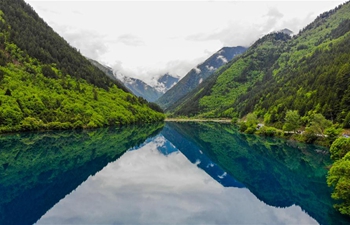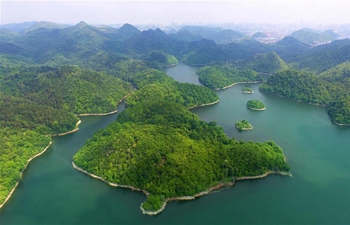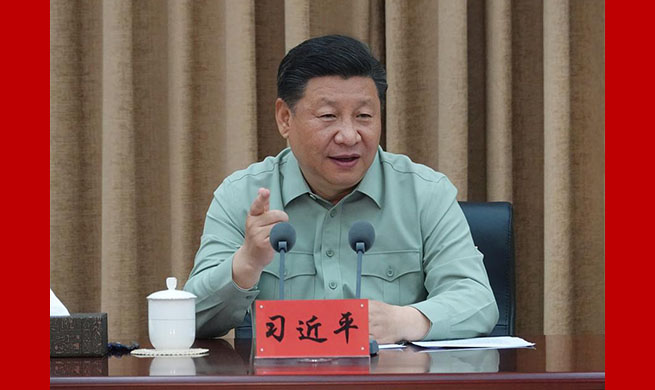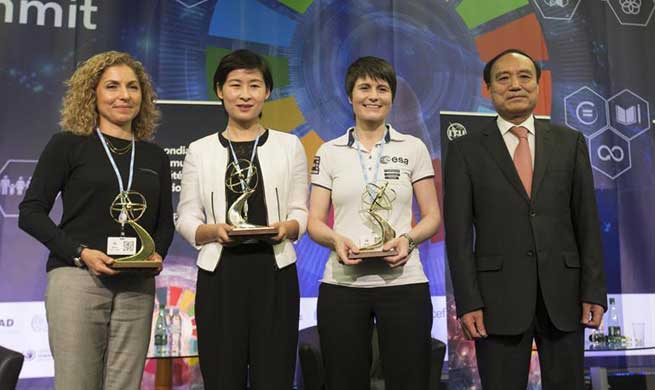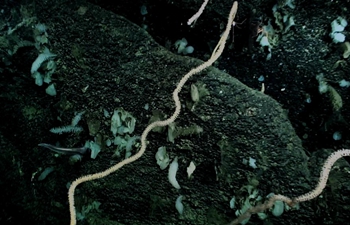LOS ANGELES, May 16 (Xinhua) -- Emissions of a banned, ozone-eating chemical are rising, a group of scientists reported Wednesday, suggesting someone may be secretly manufacturing the pollutant in violation of an international accord.
A model analysis of the findings suggests an increase in CFC-11 emissions of about 25 percent since 2012, despite the chemical being part of a group of ozone pollutants that were phased out under the 1987 Montreal Protocol, according to the new study, published Wednesday in the journal Nature.
The chemical, called Trichlorofluoromethane, or CFC-11, is one of the chemicals most responsible for the giant hole in the ozone layer that forms over Antarctica each September.
"The increase in emission of CFC-11 appears unrelated to past production. This suggests unreported new production, which is inconsistent with the Montreal Protocol agreement to phase out global CFC production by 2010," said the study.
Chlorofluorocarbons (CFCs) were used in making foams for furniture and buildings, in aerosols and as refrigerants. But they were banned under the global Montreal protocol after the discovery of the ozone hole over Antarctica in the 1980s.
The chemical can last up to 50 years in the atmosphere once it is released. It is destroyed only in the stratosphere, some nine to 18 miles (14.5 km to 29 km) above the planet's surface, where the resulting chlorine molecules engage in a string of ozone-destroying chemical reactions. The chemical is also a powerful greenhouse gas that contributes to global warming.
The Montreal Protocol was designed to protect the stratospheric ozone layer by enabling reductions in the abundance of ozone-depleting substances such as CFC chemicals in the atmosphere.
The reduction in the atmospheric concentration of CFC-11 has made the second-largest contribution to the decline in the total atmospheric concentration of ozone-depleting chlorine since the 1990s.
The United States ceased production in 1996 and other countries agreed to phase out CFC production by 2010. Since 2006, countries have reported close to zero production of CFC-11.
"It's the most surprising and unexpected observation I've made in my 27 years of measurements," said study lead author Stephen Montzka, a scientist at the U.S. National Oceanic and Atmospheric Administration (NOAA) in Colorado who led the work, in a statement. "Emissions today are about the same as they were nearly 20 years ago."
The finding seems likely to prompt an international investigation into the mysterious source. "We are acting as detectives of the atmosphere, trying to understand what is happening and why," Montzka said.






